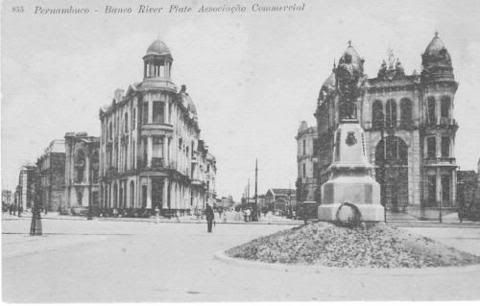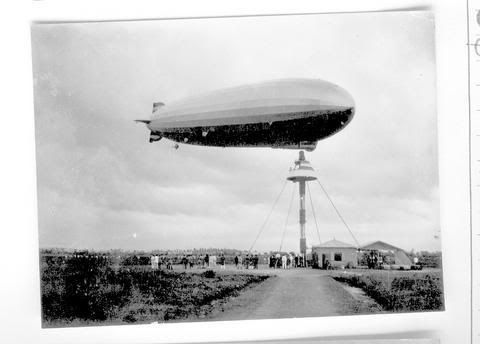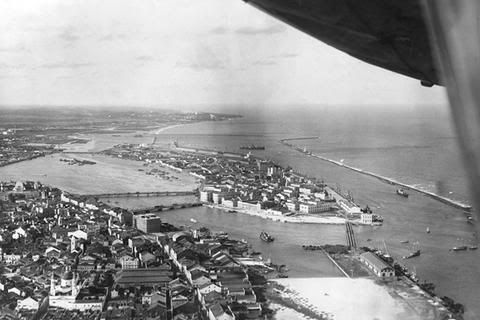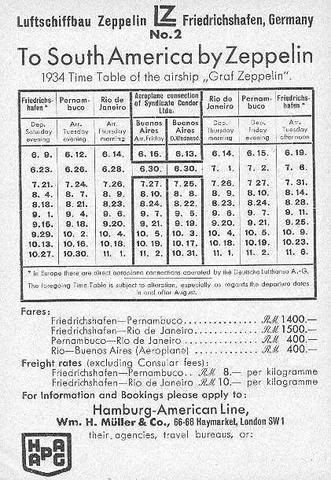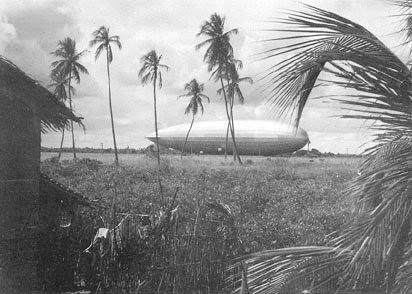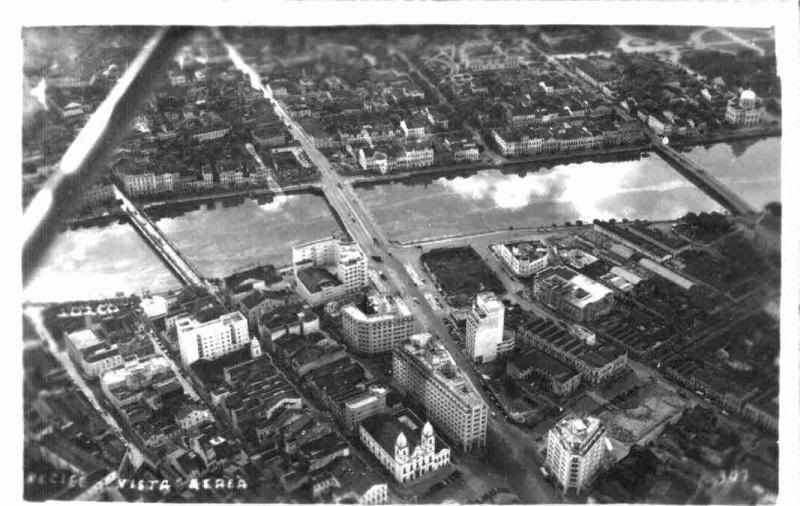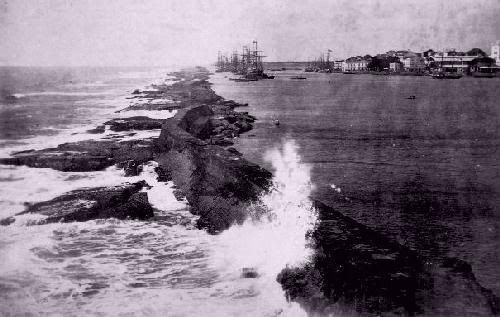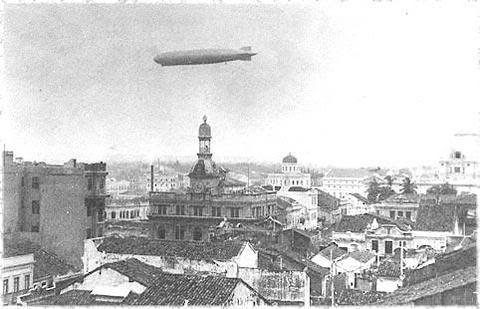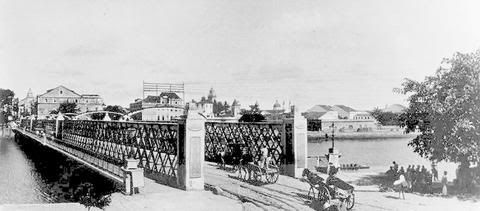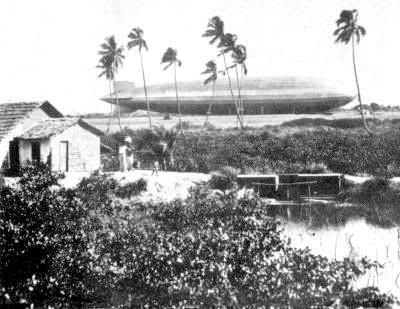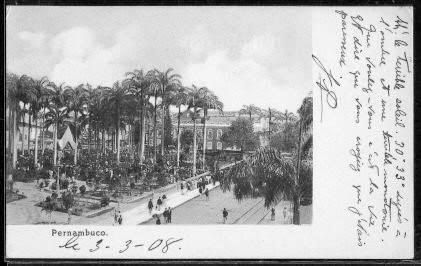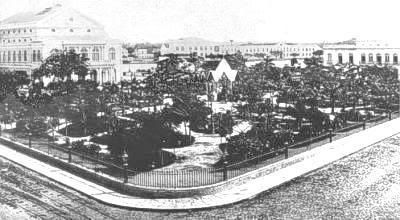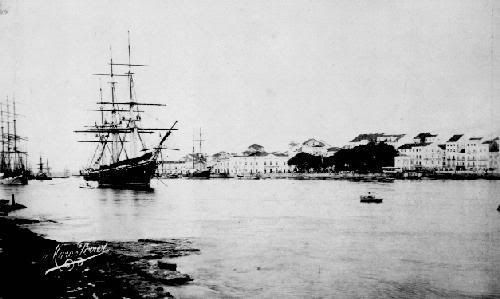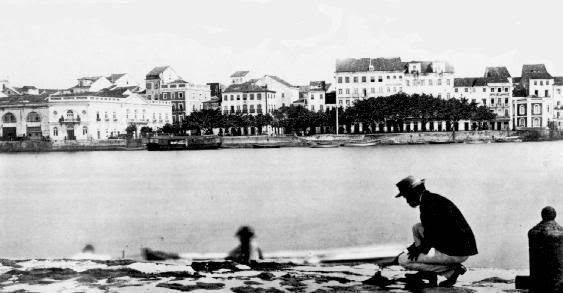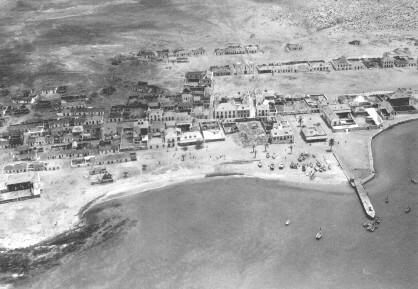 |
| Yonathan Netanyahu (1946-1976) |
When Yoni was born on March 13, 1946 in New York City, his parents, Benzion and Cela, were working for the creation of a Jewish State on behalf of the New Zionist Organization. Benzion came to the U.S. from Israel as a member of a delegation headed by V. Jabotinsky, the founder and head of the NZO, and shortly after the latter’s death assumed the leadership of the organization in America. Yoni’s grandparents on his father’s side, Nathan and Sarah Mileikowsky, settled in Palestine in 1920, when their eldest son Benzion was ten years old. Rabbi Nathan Mileikowsky was a famed orator who traveled from the the far reaches of Siberia to the heart of the United States, preaching tirelessly for the Zionist cause. Yoni’s grandparents on his mother’s side, Benjamin and Hannah-Malkah Segal, came to Palestine from the United States in 1911, a year before Yoni’s mother was born. They raised their family in Petah Tikvah, one of the earliest of the new Jewish settlements.
Shortly after Yoni turned two, his parents returned to their homeland, now the newly created state of Israel. Yoni’s father assumed the editorship of the first general Hebrew Encyclopedia while pursuing, from time to time, his researches on the history of the Jews in the Middle Ages. At first the family lived in Talpiot, a southern neighborhood of Jerusalem, where Yoni’s brothers Benjamin (Bibi) and Iddo were born. In 1955 the family moved to their permanent home in the Katamon district of Jerusalem. There Yoni attended the local school “Darom”.
In 1957 the family left for more than a year and a half to the U.S., where Yoni’s father could do further historical research. After their return to Jerusalem in 1959, Yoni went to High School at the Hebrew Gymnasium. Yoni was a brilliant student, excelling both in academic work and in sports. He was also a very active troop leader in the Scouts. When he was in the 11th grade, he was elected president of the student council of the Gymnasium. In the middle of the school year, however, Yoni and his family left Israel again for his father’s continuing historical work. They settled in Elkins Park, a suburb of Philadelphia, where Prof. Netanyahu taught at Dropsie College, a school of higher learning for Jewish studies.
Yoni attended school at Cheltenham High School. Despite the difficulties he faced with the new language and environment, he quickly excelled in his studies. During the summer of 1963, he joined some of his friends from Israel, who came to New Hampshire to work as counsellors at a Young Judea camp.
Enlistment in the Israeli army
In June 1964, following his graduation, Yoni returned to Israel. His family was to remain in America for the coming years, frequently visiting Israel. Upon being drafted into the Israeli Defense Forces for his obligatory military service, Yoni volunteered for the paratroopers. He proved to be a superb soldier, undergoing the gruelling training sessions with relative ease and excelling in all the various courses. He was sent to Officers’ Training School, from which he graduated first in his class. Yoni then became a platoon commander in the paratroopers. With the growing escalation of terrorist attacks from across the borders, he saw action in a retaliatory raid on a PLO stronghold in the West Bank, then held by Jordan.
In January 31, 1967 Yoni was discharged. He had already been accepted to Harvard University for the fall of 1967, and with time on his hands now, he was brushing up on his studies and reading works of literature and philosophy.
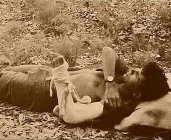
In May of 1967 dramatic events were unfolding in the Middle East. Egypt closed the Straits of Tiran to Israeli ships and moved its army into the Sinai Desert. The Arab world openly declared its intention to destroy the state of Israel. War was imminent, and Yoni, along with numerous other reservists, was mobilized. When war finally broke out on June 5, Yoni took part in the fierce and pivotal battle of Um Katef at the Sinai. A few days later he participated in battles on the Golan Heights. On the last day of the war he was wounded in his arm, while reaching out to help a wounded comrade. He managed to crawl back to the Israeli lines, and upon reaching them, fainted. Yoni was evacuated, first to the rear, and then to Safed Hospital, where he was operated on. A few days later he underwent further surgery at Rambam Hospital in Haifa. His left elbow remained permanently disabled.
Towards the end of the summer, and before leaving for Harvard, Yoni married his long-time girl-friend Tuti. The ceremony was held at the newly liberated amphitheatre of the Hebrew University at Mount Scopus, which overlooks the Judean Desert. The newly wed couple left shortly afterwards for Boston.
While Yoni enjoyed his studies at Harvard, in which he excelled, he felt increasingly that his place was not there. Israel was in the midst of fighting a “War of Attrition” against Egypt and Jordan and of combating terrorism in its towns and cities. At such a time, Yoni believed, he should be in his homeland, near the site of battle. And so in the summer of 1968, he and Tuti returned to Israel. They enrolled at the Hebrew University of Jerusalem, where Yoni studied mathematics and philosophy.
Return to the service - The "Unit"
Although he was now in Israel, Yoni felt that he had to do more than just live in Israel, especially when the army was desperately looking for experienced officers. By the middle of the school year, he made up his mind to enlist once more in the army. Both his brothers had by then returned to Israel, and Benjamin (Bibi) had become a veteran soldier in Israel’s elite commando unit, Sayeret Matkal (known briefly as “the Unit”). Yoni applied for membership in the same unit. He was immediately accepted and assumed the command of a squad. His remarkable abilities, as well as his future potential, were soon recognized by the commander of the Unit. He decided to send Yoni to another elite unit, Sayeret Haruv, to gain further experience there as company commander. After half a year with Sayeret Haruv in the Jordan Valley, where Yoni saw action, he returned to Sayeret Matkal in late 1970, to serve as company commander. By that time his youngest brother, Iddo, had joined the Unit as well, and thus for nearly two years all three brothers served in the same unit. In the summer of 1972 Yoni was promoted to deputy commander of Sayeret Matkal.
Only two of the operations he took part in, during that period of service in the Unit, can be disclosed. One occurred in the summer of 1972, when Yoni comanded the hijacking from Lebanon of a group of high-ranking Syrian Officers. These officers were subsequently exchanged for Israeli pilots languishing in the Syrian jail. The other was the raid on the PLO leaders in Beirut, in the spring of 1973.
During the summer months of 1973, Yoni, by then a major, took a short leave of absence from the army in order to study once more at Harvard. He and Tuti were already divorced. During the summer, Yoni was able to spend time with his brother Bibi, who was then a graduate student at MIT, Boston, and with his parents, who were living in Ithaca, NY, where Prof. Netanyahu headed the department of Semitic Studies at Cornell University.
Yom Kippur War to Entebbe
With the outbreak of the Yom Kippur War on October 6, 1973. Yoni immediately returned to his old unit, Sayeret Matkal, and was put in charge of a force that fought on the Golan Heights. The most noted of the battles Yoni commanded during the war was the one against a Syrian commando force. The Syrians landed by helicopter near the main command-post of the Israeli army on the Golan Heights, intent apparently on capturing it. Upon learning of the landing, Yoni moved swiftly with his available troops and engaged the Syrians. Despite the advantage the Syrians had at the outset of the battle, having taken cover on the rocky terrain of the Golan Heights, Yoni’s exposed force of some 30 or so men managed to defeat and rout the Syrians, who numbered at least 40. During the battle Yoni’s force lost two of its men.

A second operation of Yoni during that war was the rescue of Lt. Col. Yossi Ben Hanan, a brigade commander of the armored corps, who was lying wounded behind enemy lines. For these and his other achievements during the war, Yoni was awarded a distinguished service medal.
Shortly after the war, Yoni joined the armored brigade, which had lost many officers and men during the Yom Kippur War. He graduated from armor school, as usual with honors, and was stationed as company commander in the heavily bombarded “Syrian enclave”. Less than two months later he was given charge of a brigade – the “Reshef” brigade – that had been decimated during the war. Within months, his brigade came to be considered the number one armored unit on the Golan.
In June 1975, Yoni left his armored brigade to become commander of Sayeret Matkal. During his year of command there, he was in charge of many operations. Of these, all but one remain secret –the raid on Entebbe, where he met his death.
On June 27 an Air France airliner, whose flight originated in Israel, was hijacked over Europe by Arab and German gunmen. The plane eventually landed in Entebbe, Uganda, where President Idi Amin was waiting for the terrorists and received them with open arms. The hostages were kept captive at the Old Terminal of the Entebbe International Airport, held under guard by the terrorists and by a contingent of Ugandan soldiers. The terrorists warned, that if their demands to release from jail more than fifty terrorists were not met, the hostages would be killed.
On July 1, Yoni received orders to plan and prepare his unit for the mission to Entebbe. His unit’s part in the raid was to take over the Old Terminal complex – namely to kill the terrorists, free the hostages, fight the Ugandan soldiers stationed there, and prevent any Ugandan reinforcements from reaching the area while the hostages and other troops were being flown out. Yoni quickly sat down with a few of his officers and drew up a preliminary plan. Within hours a fake “terminal” was built from canvas, and the unit started preparing and rehearsing for the raid. As new information came in, Yoni made some revisions in his plan. During the following hectic day of further planning and preparations, Yoni met with Defense Minister Shimon Peres, who summoned him to his office for a tete-a-tete meeting to ask him what he thought were the chances of success. Yoni answered with a firm affirmative, and explained why he thought so. By the following night, the unit was ready for a “grand rehearsal”, which was conducted before the Chief of Staff. Following this, the Chief of Staff held a talk – primarily with Yoni, but also with some other officers of the Israeli force – in order to hear what they thought were the chances of success. At the end of the talk, the Chief of Staff informed them that he had decided to give the go-ahead.
At noon the following day, Saturday July 3, the Israeli government under Yitzhak Rabin met in special session. After hearing the Chief of Staff’s presentation, the ministers engaged in a long debate and finally, by unanimous vote, approved the mission.
The Israeli force of four Hercules transport planes took off from Sharm El Sheikh, at the southern tip of the Sinai Desert, heading for Africa. The Unit’s force was flown in three of these planes, with the lead plane carrying Yoni and his initial assault party of 29 men. At the stroke of midnight, Ugandan time, on July 4, 1976, the first plane landed at Entebbe airport. Yoni and his men, driving in a Mercedes and two Landrovers, which were meant to simulate a Ugandan force, got off the plane and proceeded to the Old Terminal, where the hostages were held. Contact was soon made with Ugandan soldiers. A brief battle developed with the Ugandans and the terrorists, following which the terrorists in the building were killed and the hostages freed. During the battle, Yoni was hit in the chest, as he ran forward, and lay critically wounded outside the main hall where the hostages were held.
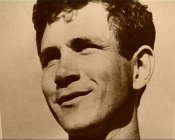
The efforts of the medical team to revive Yoni were of no avail, and he died at the entrance to the evacuation plane, as the hostages were being herded inside. Yoni was the only man of the rescue force to die. (Three out of the 106 hostages were killed during the exchange of fire and a fourth was later murdered by Idi Amin’s men.) Yoni’s body was placed inside the plane, which then took off to safety in Kenya. From there it proceeded to Israel. Only a few of the hostages may have realized that the fallen soldier lying at the front of their plane was the commander of the force responsible for saving them.
Yoni was buried on Mt. Herzl, alongside the grave of David Elazar, Chief of Staff during the Yom Kippur War. Thousands attended Yoni’s funeral. Yoni’s name, until then virtually unknown beyond the army, became famous throughout Israel overnight. His deeds, and his thoughts and reflections – brought to light in his posthumous and bestselling book of letters – remain a source of inspiration for many in his country and around the globe.

















 Na origem da Torre Malakoff está o Decreto Providencial de 01 de janeiro de 1834, que criou o Arsenal da Marinha, cujo Projeto Arquitetônico foi elaborado em 1837. Embora não tivesse ainda sede própria, o Arsenal já possuía, em 1846, oficinas de carpintaria, calafates, ferreiros, tanoeiros, pedreiros e muitas outras necessárias ao reparo das embarcações de guerra e paquetes nacionais. Em 1850, os planos de implantação dos Arsenais da Marinha, Brasil afora, são objeto de um Plano Geral para uniformização das construções desses edifícios. Mas é só em 1853, que as obras de construção do chamado Portão Monumental do arsenal de Marinha, na zona do Porto do Recife e, portanto, no bojo desse plano de melhoramentos, ganham mais regularidade. O andamento das obras acompanha o ritmo das demolições de importantes edificações existentes nas proximidades, como é o caso do Forte do Bom Jesus, cujo material construtivo foi aproveitado no edifício da Torre.
Na origem da Torre Malakoff está o Decreto Providencial de 01 de janeiro de 1834, que criou o Arsenal da Marinha, cujo Projeto Arquitetônico foi elaborado em 1837. Embora não tivesse ainda sede própria, o Arsenal já possuía, em 1846, oficinas de carpintaria, calafates, ferreiros, tanoeiros, pedreiros e muitas outras necessárias ao reparo das embarcações de guerra e paquetes nacionais. Em 1850, os planos de implantação dos Arsenais da Marinha, Brasil afora, são objeto de um Plano Geral para uniformização das construções desses edifícios. Mas é só em 1853, que as obras de construção do chamado Portão Monumental do arsenal de Marinha, na zona do Porto do Recife e, portanto, no bojo desse plano de melhoramentos, ganham mais regularidade. O andamento das obras acompanha o ritmo das demolições de importantes edificações existentes nas proximidades, como é o caso do Forte do Bom Jesus, cujo material construtivo foi aproveitado no edifício da Torre. Apesar da beleza e imponência da Torre , esta era, tão somente o acesso ou portão de entrada para o Arsenal de Marinha , construída num amplo terreno a beira mar, com quase 800 metros de cais, onde funcionavam a administração , depósitos e galpões para recolher, consertar e construir embarcações. A origem do nome Malakoff, por algum tempo foi atribuída ao nome do relojoeiro ou a marca do relógio existente na Torre, hipótese não comprovada pelos pesquisadores. Segundo Veloso Costa, o batismo do Torreão do Arsenal, no Recife, foi dado pela população, identificada com a resistência da Malakoff de além mar.
Apesar da beleza e imponência da Torre , esta era, tão somente o acesso ou portão de entrada para o Arsenal de Marinha , construída num amplo terreno a beira mar, com quase 800 metros de cais, onde funcionavam a administração , depósitos e galpões para recolher, consertar e construir embarcações. A origem do nome Malakoff, por algum tempo foi atribuída ao nome do relojoeiro ou a marca do relógio existente na Torre, hipótese não comprovada pelos pesquisadores. Segundo Veloso Costa, o batismo do Torreão do Arsenal, no Recife, foi dado pela população, identificada com a resistência da Malakoff de além mar.